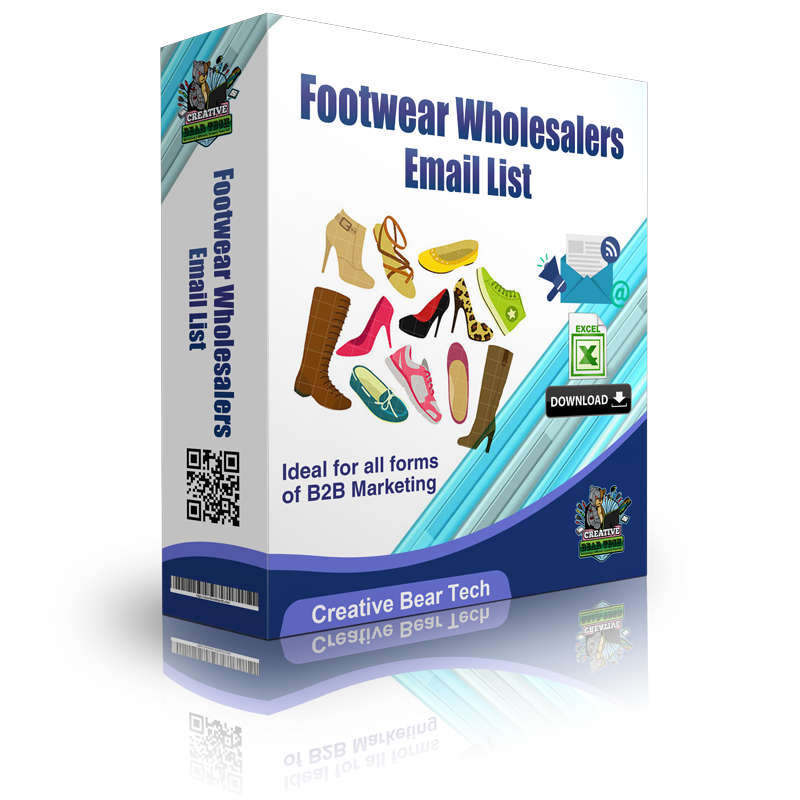How to add your proxies to cbt web scraper and data extractor? Before you ask, no, there isn’t a one-size-fits-all day and time when it’s best for every brand to send their emails. Every brand has a different audience with different needs and behaviors. So, the best time for Influencer Marketing Hub to send our emails might not be the best time for you and your users. As with everything related to marketing, you’ll want to test different days and times to find out what works best for your audience. But that’s not to say there isn’t tons of data available that you can use as a starting point. Based on data from eight email marketing experts, the best time to send your emails is mid-morning (10 am) or just after lunch (1 pm). As for the best day, it tends to be Tuesday, but consistency seems to matter more. So, if you always send your emails on Wednesdays at 10 am, you’ll notice that your open rates will increase over time because your audience begins expecting your emails to arrive on that day and time.
If you’re entirely new to email marketing, we suggest you start with our guide to email marketing before coming back and implementing these email marketing tips to increase open rates. If you’re familiar with email marketing already, let’s get started off on the same page with a quick definition of what an email open rate actually is and what a typical open rate looks like. What Is an Email Open Rate? An open rate in email marketing is the percentage of the total times your email campaign was opened by subscribers. This is a pretty simple formula: Email open rates are often shown with other email marketing metrics like click-through rates, bounce rates, and unsubscribe rates, but open rates are a pretty important starting point for understanding how your email marketing campaigns are performing and where they can be improved. If you have a low email open rate, for instance, you can then test your subject lines, sender name, or any number of other details that might impact your campaign performance. You might also take a look at how often you’re sending emails to make sure you’re not overwhelming your subscribers.
Social Media Marketing (SMM): Simply put, social media marketing refers to the process of using social media platforms to attract traffic and attention. By using social media, you can increase exposure and build meaningful relationships with your customers. While everybody can benefit from SMM as a type of digital marketing, B2C and SaaS companies tend to get the most out of it. Social media marketing is all about listening to what your customers have to say, engaging in the conversation, and sharing valuable content. An example of a tweet from Andy Crestodina of Orbitmedia. Notice how he attracts attention by sharing valuable information (infographic), drives traffic to his website by posting the link and evokes discussion (53 comments!) Together, content marketing, SEO, and social media marketing constitute what is called “inbound marketing”. It is a marketing methodology that aims at attracting, engaging, and delighting leads. Some goals of inbound marketing include attracting users’ attention, driving relevant traffic to the website, and converting it into happy customers. Read even more details on https://cbtemailextractor.com/blog/your-guide-to-building-an-email-list/.
Our direct send feature will bypass your SMTP servers and will try to send your email directly using your system’s DNS. This feature will act as a helpful fallback sending feature in the event that your SMTP servers are not working. Generally, when CBT Bulk Email Sender encounters a non-working SMTP server, it will try to send your message using another SMTP server. The direct send feature is particularly helpful if you do not have many SMTP servers.

What Factors Affect Local SEO? According to a local SEO case study by Moz, the factors that influence local SEO can be divided into 2 parts; factors that influence the local 3-pack and map rankings & those that influence organic search rankings. You can see that both the local 3-pack and organic listing rankings require Google My Business signals, Citation signals, Link signals, Reviews and OnPage signals as the major factors. Let’s discuss them in detail.
Next up is your click-through-rate (CTR) which generally gives you a good idea of how many customers took the time to go through your email content to click on the links within. The average click-through rate across all industries is around 7%. After a customer has clicked through your email, ideally the next goal is to get them to convert – in other words, to follow through on the action your email has asked them to take. Your email conversion rates are an important metric to track, for they tell you how well the call-to-action in your email has performed. Emails are a great way to get customers to visit your website. You can include relevant links to your site within your email content. You can also use your email campaigns to get customers to engage with other great pieces of content available on your website or blog. When you run your own business, your goal is to be seen as an expert in your industry. Establish that to position yourself and your business as the authority in the eyes of your customers. Your customers have signed up for your marketing newsletters because they want to hear from you. They like the content you send and keeping them engaged is one of the biggest wins for any email marketer. Your content is one of your most valuable marketing tools and you can use it to build other areas of your marketing strategy. If people love what you do, then they will sign up to see more great content. Find additional info on Email Marketing Tutorials.